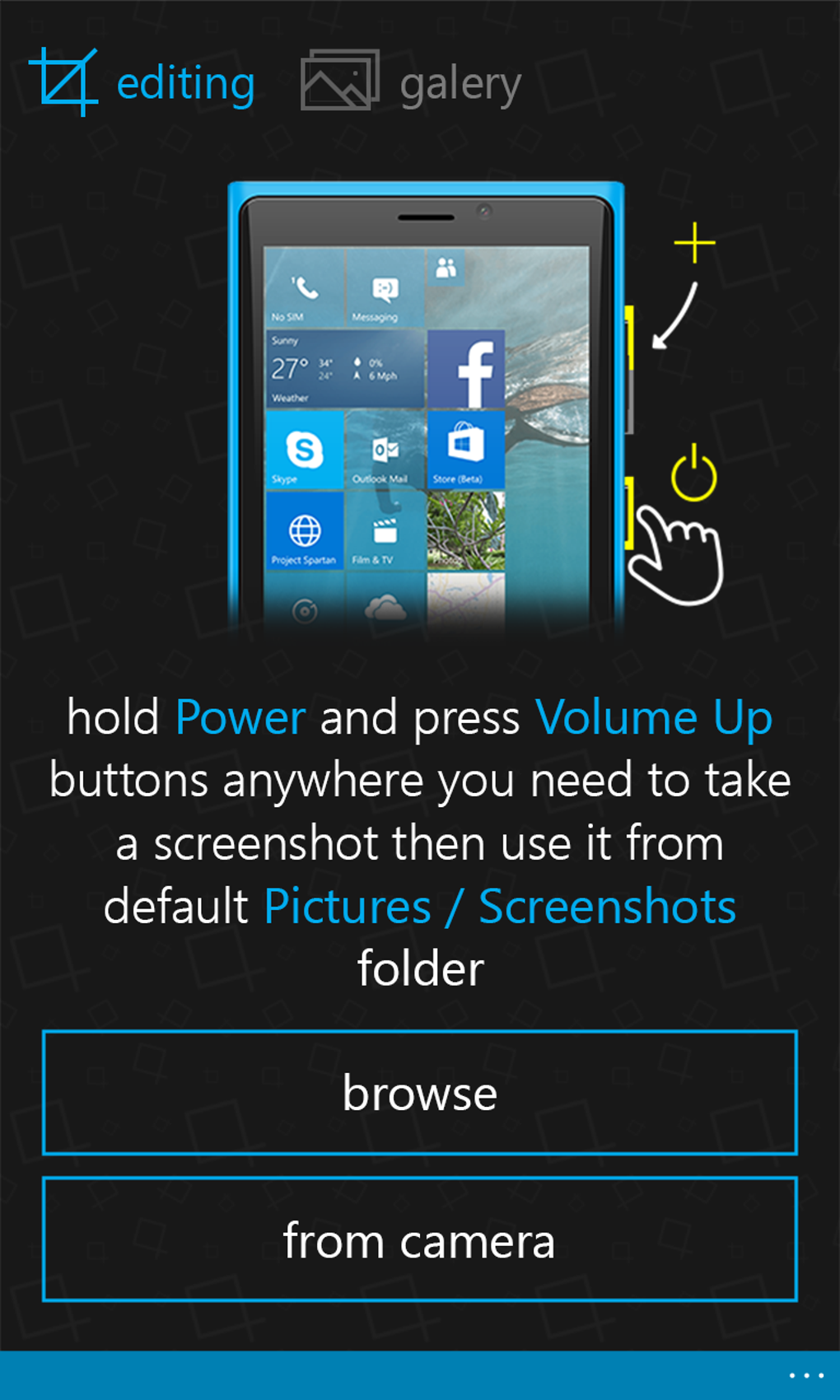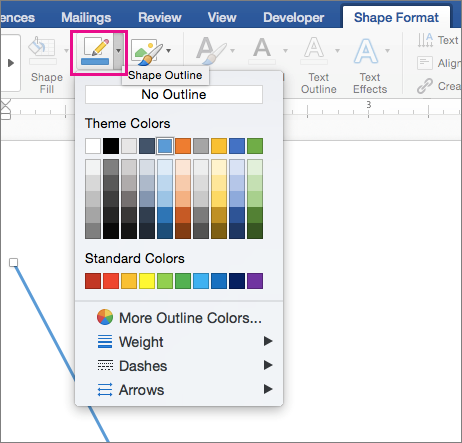

If you don’t have good pixels (or enough of them) around the item you want to remove, you can copy pixels from elsewhere in the image by setting a sample point (iPhoto can’t do this). Here’s the before (left) and after (right) version after zapping blemishes and trimming both eyebrows. To undo all the changes you’ve made with the Retouch tool in the current editing session, click the Reset button at the lower-right.

If necessary, press Command-Z to undo the last brushstroke you made and have another go at it, perhaps with a smaller brush or by repositioning the item within the brush cursor or by clicking instead of dragging (or vice-versa). Keep your eyes peeled for any smudging that occurs from the pixel blending Photos performs. Release your mouse button, and Photos copies nearby pixels and blends them into the area you dragged over.īy dragging with a really small brush, you can give your subject an eyebrow trim, as illustrated in this before (top) and after (bottom) image. When you do, Photos shows your brushstroke as a white overlay.
#Free color change tool for mac free
If the item has plenty of free pixels around it, but it doesn’t fit within a round brush cursor-think stray hairs, power lines, a scar, and so on-click and drag with the tool instead. To keep from picking up adjacent colors-like the lips or shadow beneath her nose, make your cursor only slightly larger than the item you want to remove. If the item fits easily inside your cursor, a single click is all it takes to zap it.
You briefly see a white overlay marking the area you clicked, and when you release your mouse button, Photos blends the copied pixels into the surrounding ones.
#Free color change tool for mac skin
If you’ve got plenty of good, clean pixels around the thing you want to get rid of-say, flawless skin around a blemish or a cloudless sky around a sensor spot-then single click it. Next, choose from one of the following two methods to send the offending item packin’.Ĭopy pixels from just outside the cursor’s edge Use the Size slider at right or your keyboard: tap (the right bracket key) to make it bigger.

Adjust the brush cursor size so it’s slightly larger than the item you want to remove. When you do, your cursor turns into a black circular outline rimmed with white, so you can always see the circle atop dark or light colors in your image. Use the Zoom slider at the upper-left to zoom into the image and, if necessary, drag while holding down the spacebar to reposition the image so you can see the thing you’re about to remove.Īctivate the Retouch tool by clicking it or by pressing the R key on your keyboard. To use it, select an image in Photos and then press Return to enter Edit mode, or press the Edit button in the upper-right of the toolbar. The Retouch tool works by copying pixels from one area of your photo to another and then blending them (blurring, really) into the pixels you click or drag atop. As you’re about to learn, Photos’ Retouch tool is more powerful than the one in iPhoto. Happily, the Retouch tool in Photos for OS X can come to your rescue (it’s not available in Photos for iOS). Or maybe you captured an object in the frame you wish you hadn’t, or you scanned the image and introduced dust specks, or perhaps your camera’s sensor is a little dirty. After all, sometimes a perfectly good portrait is marred by small yet annoying stuff like a zit, makeup smudge, or a stray hairs. There’s nothing wrong with a little vanity.


 0 kommentar(er)
0 kommentar(er)
